Writing Identities
Issue 3 of Understanding Rhetoric
Presented by Artken & Casey
Audience
The intended or accidental recipients for communication.
Tone
The attitude that a text conveys to an audience.
Key Terms
Voice
Ethos
In writing, the way a writer expresses the person behind the words.
The credibility or authority that a speaker brings to a subject.
Leaping into Identities in Writing
"Discourse is like an identity kit..."
- James Paul Gee, Literacy Theorist

Leaping into Identities In Writing
Rhetorical Device: Prosopopeia
"A figure of speech in which an imaginary or absent person is represented as speaking or acting"
Metamorph serves as the embodiment of the chapter's focus on shifting identity as a writer/speaker.
(116)
"... good communicators 'morph' themselves and their work to fit different subjects or situations" (117)
Different communities find certain identities more or less credible or reliable.
Leaping into Identities In Writing
Why change identity?
Social context determines our social role, which in turn molds our frame of mind and determines our level of authority, or ethos.

(117)
Leaping into Identities In Writing
The university is currently deciding whether to lessen the required general education creative arts courses from two to one.
Which social identity do you believe would be the most appropriate voice in persuading the university to maintain it at two? Which identity would be more appropriate for encouraging the decrease?
Leaping into Identities In Writing



Which identity is most appropriate for the situation?
Teacher
Artist
Student
Leaping into Identities In Writing
Assuming an Identity
≠
Impersonating Someone
(a.k.a "plagiarism")
Real research can be done through adopting other identities, but the writer's/speaker's final text should be from their own perspective.
(123-125)
Adopting the identity of another writer/speaker and claiming their words as your own work is not acceptable behaviour.
Communicators must also be clear on why their perspective is "distinctive and useful to others."
Trying Out Choices for Different Audiences
It's not Only what you say, but how you say it, too.
Trying out Choices for Different Audiences
Rhetorical device: Expeditio


"After enumerating all possibilities by which something could have occurred, the speaker eliminates all but one"
The reader is shown different rhetorical tones before all but one method is eliminated.
(127-129)
Trying out Choices for Different Audiences
Finding the Right Tone & Voice
What tone should be used?
The communicator's tone should be engaging and invite the audience to feel receptive towards the message
What about voice?
Voice is tied to identity. "It should project the appropriate kind of authority and agency."
(129)
Trying out Choices for Different Audiences

Reaching out to different audiences may create different rhetorical effects.
The audience should be able to identify and appreciate the ethos conveyed by the communicator.
(130)
Revealing the Performer Within the Text

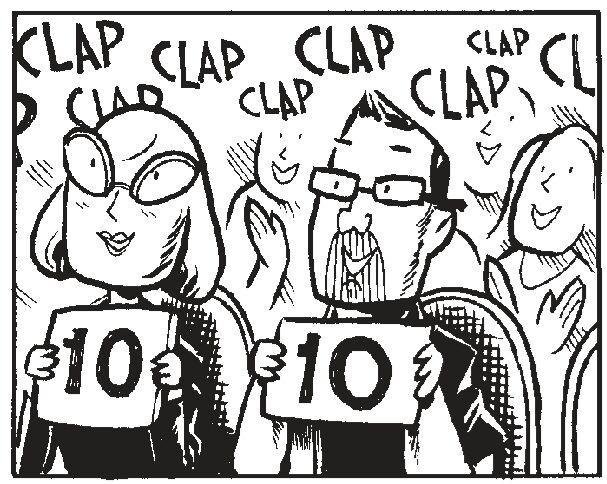
REVEALING THE PERFORMER WITHIN THE TEXT
The most important part of identity's power?

(132)
REVEALING THE PERFORMER WITHIN THE TEXT
Expression of the fundamental features of one's authorial identity
Performance
=
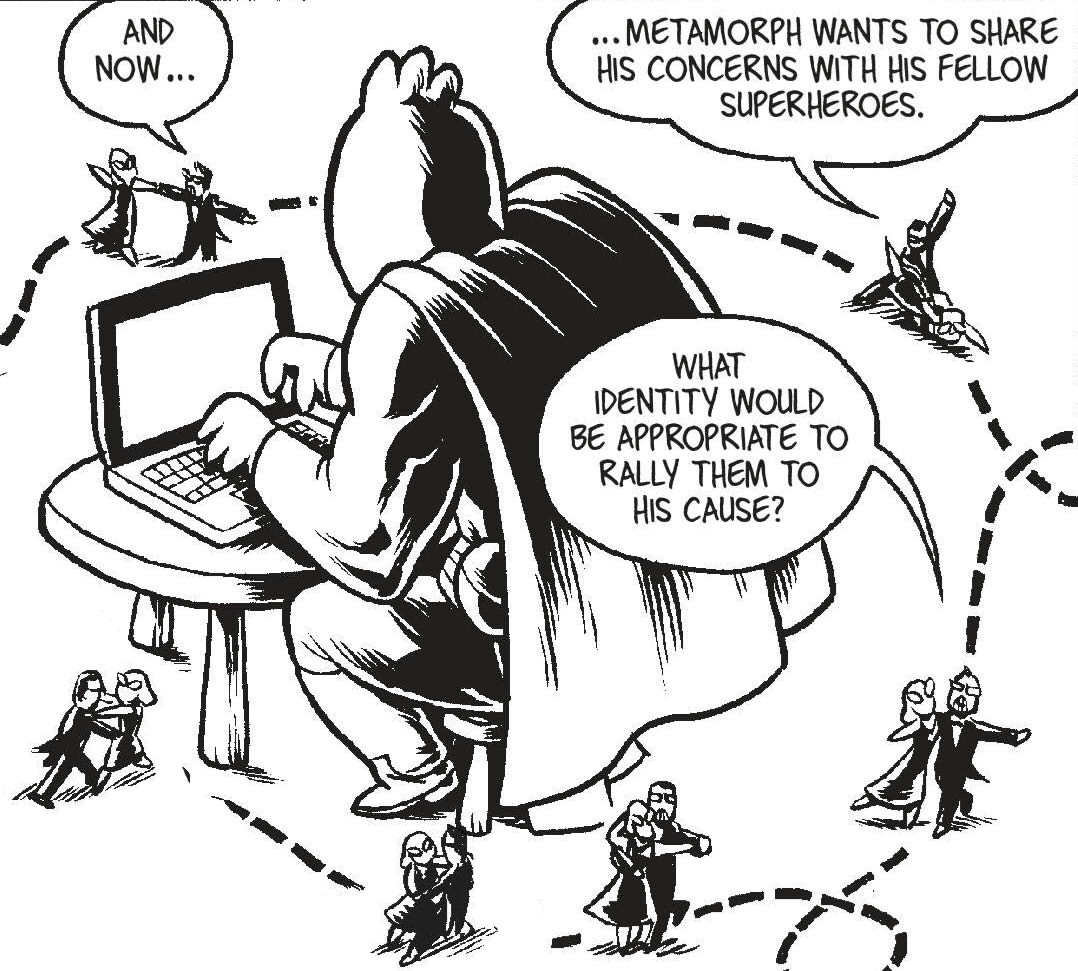
(133)
REVEALING THE PERFORMER WITHIN THE TEXT

Practice makes perfect when it comes to presenting an identity.
Criticism can also be used "to make substantive changes" in rhetorical style.
(134)


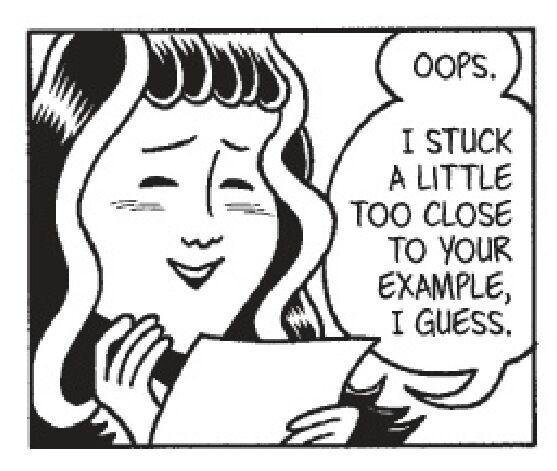
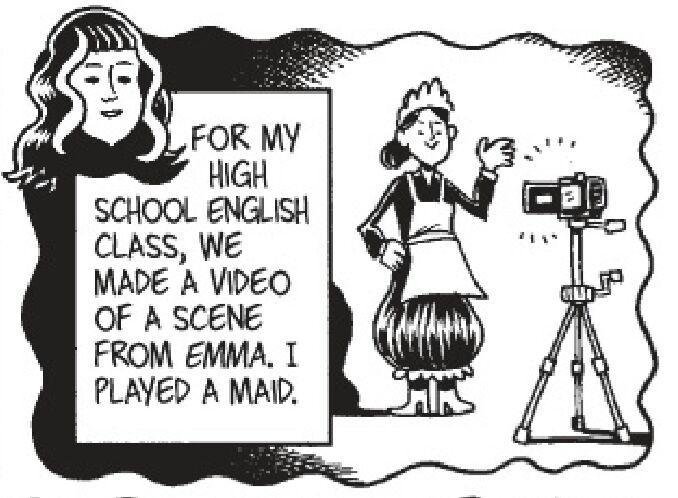

(135-139)
Issue 3 overview
- Leaping Into Identities in Writing
- Trying Out Choices for Different Audiences
- Revealing the Performer Within the Text
- ReFrame: What's My Identity?
Conclusion